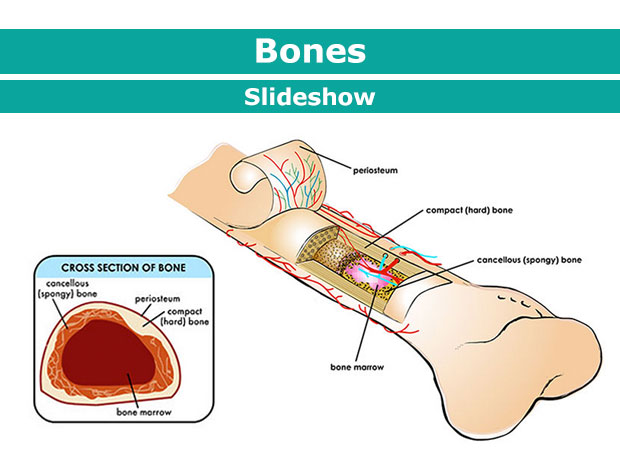- New recommended amounts of calcium and vitamin D
This guideline updates the recommended amounts of daily dietary calcium and vitamin D for children (see the figure below) based on the 2011 recommendations of the Institute of Medicine. It should be noted that we only need to supplement according to the recommended amounts. There is no evidence that exceeding The recommended amount will be more effective, and do not supplement according to the upper limit. If it exceeds the upper limit, side effects may occur.
- Encourage the acquisition of calcium and vitamin D from the diet
It can also be seen from the picture above that the daily calcium requirement for children under one year old is less than 300 mg. The calcium content in breast milk can meet the child’s needs and has better bioavailability, so breastfed children do not need additional calcium supplements. , the calcium content of formula milk is often higher than that of breast milk, and no additional calcium supplement is required.
For children after one year old, the source of calcium mainly comes from milk and other dairy products. In the United States, milk-source calcium accounts for 70-80% of the total intake. Green leafy vegetables are also an important source of calcium, but it is difficult to meet calcium needs with vegetables alone. In addition to milk, dairy products, and vegetables, other sources of daily calcium include: beans, nuts, calcium-fortified cereals, etc.
Supplementing calcium in the daily diet not only has high bioavailability of calcium, but also can supplement protein, phosphate, magnesium, fiber, etc., which is the best way to supplement calcium. We should encourage children to drink more milk and dairy products (100ml The calcium content of milk is about 100mg), beans, vegetables and other foods with high calcium content, and check the reference table to see if you have supplemented it.
- Calcium supplements are not recommended
For healthy children, calcium supplements cannot reduce the risk of fractures. The American Academy of Pediatrics does not recommend the use of calcium supplements (calcium tablets, etc.) for healthy children, because this method of calcium supplementation not only has low bioavailability, but is also detrimental to nutrition. Develop good eating habits. Good eating habits can benefit children throughout their lives. We should try our best to cultivate children to establish healthy and balanced eating habits and consume the recommended amount of calcium in their diet. Only when children cannot get enough calcium from their diet, should additional calcium supplements be considered.
- Supplement calcium and vitamin D at the same time
Vitamin D is essential for the absorption and utilization of calcium. Without vitamin D, only 10-15% of the calcium in the diet is absorbed. There are too many influencing factors of sunlight. The method of synthesizing vitamin D through the skin through sun exposure is very unreliable, and there are concerns about skin cancer. Therefore, children should be supplemented with vitamin D from a few days after birth (see the previous figure for reference amounts).
- Encourage children to exercise more
Strength acting on bones can promote bone building, and weight-bearing exercise can promote the increase of bone minerals in children and adolescents. Different exercise methods will have an impact on specific bones. For example, jumping exercise for 10 minutes three times a week can increase the bone density of the femoral neck, and the effect is most obvious in early adolescence. For children and teenagers, activities such as walking, jogging, jumping, and dancing are better for bones than exercises such as swimming and cycling.
- Don’t drink carbonated drinks
Studies have shown that children who drink carbonated drinks drink less milk. Replacing milk with carbonated drinks will affect the intake of calcium and vitamin D. Moreover, carbonated drinks have no health benefits and should be avoided or consumed as little as possible.
- Control weight
Bone density and BMI are directly related. Obese people are at increased risk of fractures. Obese children are also prone to vitamin D deficiency. Maintaining a healthy weight during childhood and adolescence is important for bone health.
- The influence of hormones
Estrogen is important for maintaining bone density in women. Estrogen deficiency will increase bone resorption and increase the risk of fractures. Testosterone, growth hormone, etc. will promote bone formation, while adrenocortical hormones will accelerate bone resorption and impair bone formation. , but a reliable doctor will weigh the risks and benefits before using hormones, and it should be used if the condition requires it.
- Lifestyle
Smoking, drinking alcohol, and consuming caffeine can affect bone health in adults and should also be avoided in children and adolescents.
Childhood is an important stage for skeletal maturation. 90% of the human body’s bone mass is acquired before the age of 18. The bone condition during childhood will have a lifelong impact on health. There are many factors that affect bones, and many of them we cannot change, such as genes, gender, race, etc. Many parents blindly feed their children calcium tablets, worried that their children will lose at the starting line. Only by knowing scientific methods can they improve their children’s bone health.




